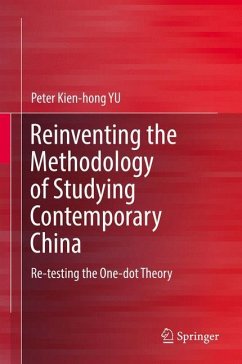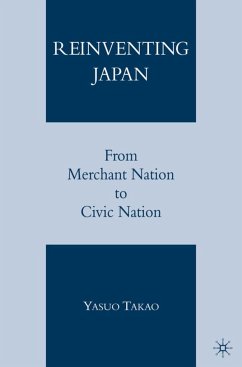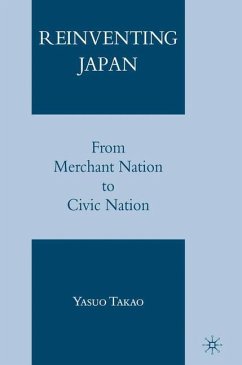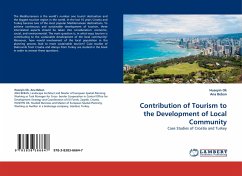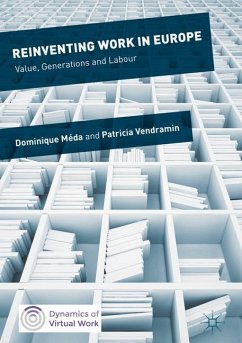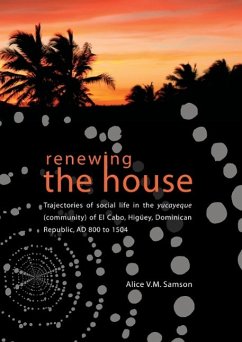
Reinventing and renewing local community
Collaborative communities and sustainable local development
Versandkostenfrei!
Versandfertig in 6-10 Tagen
45,99 €
inkl. MwSt.

PAYBACK Punkte
23 °P sammeln!
In April 1999, the rural community of the Derwent Valley and Central Highlands in Tasmania, Australia, began a process to pull themselves out of an economic and social malaise and take control of their own future. The process became known as Valley Vision. A University research team was involved, actively helping to initiate and participate in the process. The initiative began by following Economic Renewal guidelines recommended by the Rocky Mountain Institute of Colorado and adapted them over time. As Valley Vision developed, the research team examined approaches to local development that see...
In April 1999, the rural community of the Derwent Valley and Central Highlands in Tasmania, Australia, began a process to pull themselves out of an economic and social malaise and take control of their own future. The process became known as Valley Vision. A University research team was involved, actively helping to initiate and participate in the process. The initiative began by following Economic Renewal guidelines recommended by the Rocky Mountain Institute of Colorado and adapted them over time. As Valley Vision developed, the research team examined approaches to local development that seek to integrate social, economic and environmental aspects, and emphasise the importance of community participation, partnerships between community, business and governments, and bottom-up decision making. International case studies of such processes were examined, complimenting and informing Valley Vision as it unfolded. This book identifies critical elements, and factors that help and hinder local development efforts, providing a guide for other communities seeking to reinvent and renew themselves.






